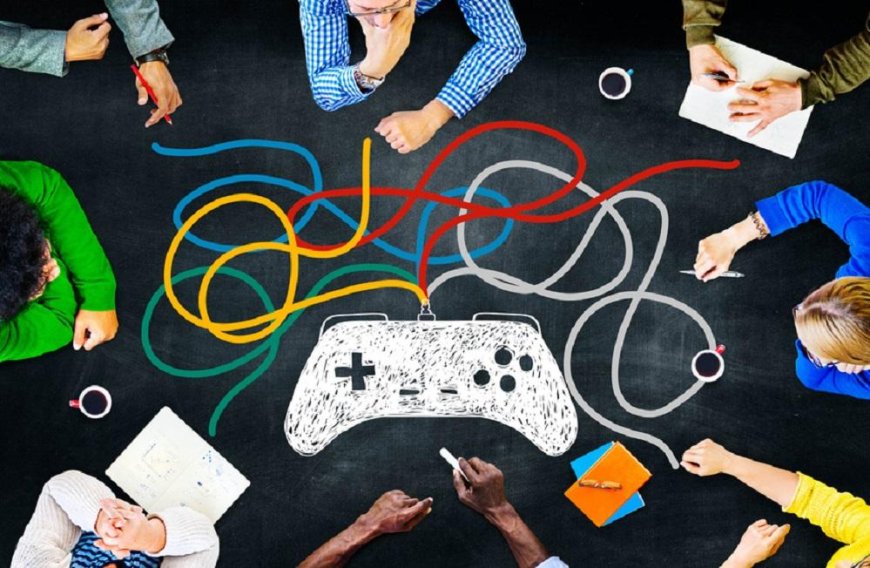Differences between gamification and game learning
Gamification and game learning have recently become fashionable trends in education. Each of these methods can be used in the

Gamification and game learning have recently become fashionable trends in education. Each of these methods can be used in the educational process and achieve high results. However, these concepts are often confused.
What is the difference between gamification and game learning? Let's try to find out.
What is gamification?
Gamification is the application of game principles to non-game learning objects. Usually gamification in the learning process is used to motivate certain behaviors of students.
Gamification does not imply that the entire learning process will be based on game methods. Students are not required to play with toys or use electronic gadgets in class. Gamification does not always involve competition between students, a system of rewards and incentives (although it is possible).
What can you use gamification in the learning process
Gamification can be used:
- To motivate students to certain actions or behaviors;
- To increase the visibility and importance of seemingly insignificant actions;
- To add a competitive spirit to the learning process;
- To help students see their learning progress.
Examples of gamification can be different student performance charts. In elementary school, many schools use various special marks and badges for academic achievement.
As mentioned earlier, gamification is the introduction of game principles into the learning process. Another way of gamification can be the principle of incentives. Such incentives are often used in kindergarten and elementary school. For example, class awards can be set for the best student of the month or quarter.
In fact, the learning process itself, which uses grades, is gamified from the beginning. Assessment involves competition: each student tries to keep up with their classmates. The teacher's task is to add more play to those learning processes in which it is not used.
What is game learning
Simply put, game learning is learning through games.
Play learning does not mean that children will play computer games, although the learning programs used in play learning often have a similar design. In the process of such learning, children do not risk becoming addicted to computer games.
Must Read: How to get as much as possible from your study abroad
With the help of games you can learn many school subjects and topics from the school curriculum. This method can also be used to present additional material from different subjects or to develop different skills.
What can you use game training for?
Game training can be used:
- To consolidate the training material and submit it in a new form;
- To develop children's critical and strategic thinking;
- To involve poorly motivated children in the learning process;
- To interest all students in the class - both those who are given easy learning and those who have difficulty.
In game training it is expedient to use a modeling method. For example, you can use different simulation games in history lessons. With their help, children learn to build states in different historical epochs, analyze, formulate strategies, find solutions to complex problems. With the help of simulators, children begin to understand complex concepts (such as resource management, political strategy, diplomacy, etc.). Unlike traditional lessons, during the game students learn the rules and then look for their application in constantly changing circumstances.
The games used in teaching develop students' competitive spirit, balance, perseverance, ability to find solutions through trial and error, strategic thinking and many other important skills.
What is the difference between gamification and game learning?
So what is the difference between these two methods? Gamification is primarily associated with incentives that motivate children to learn better. In turn, game learning is associated with games that have a developmental effect - give children some knowledge or develop skills.
Both teaching methods are interconnected and perfectly complement each other. With their help you can improve the curriculum. However, neither gamification nor game learning are used as stand-alone methods. They combine well with traditional teaching methods and are of interest to many students.
